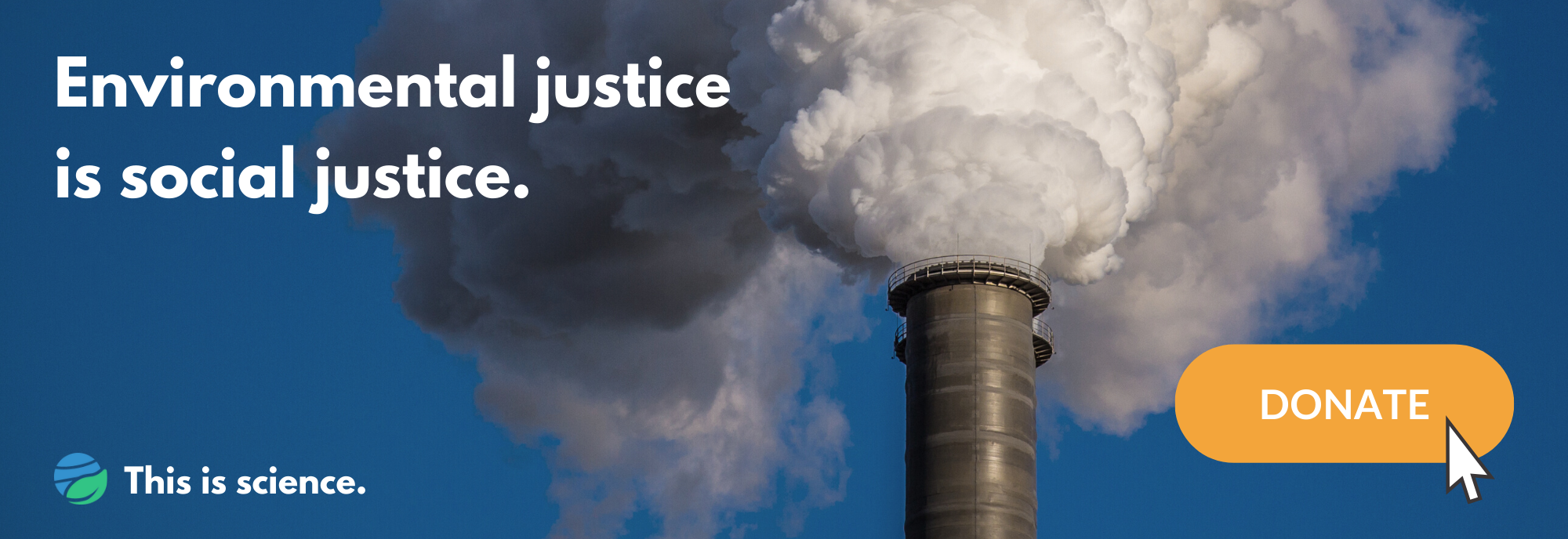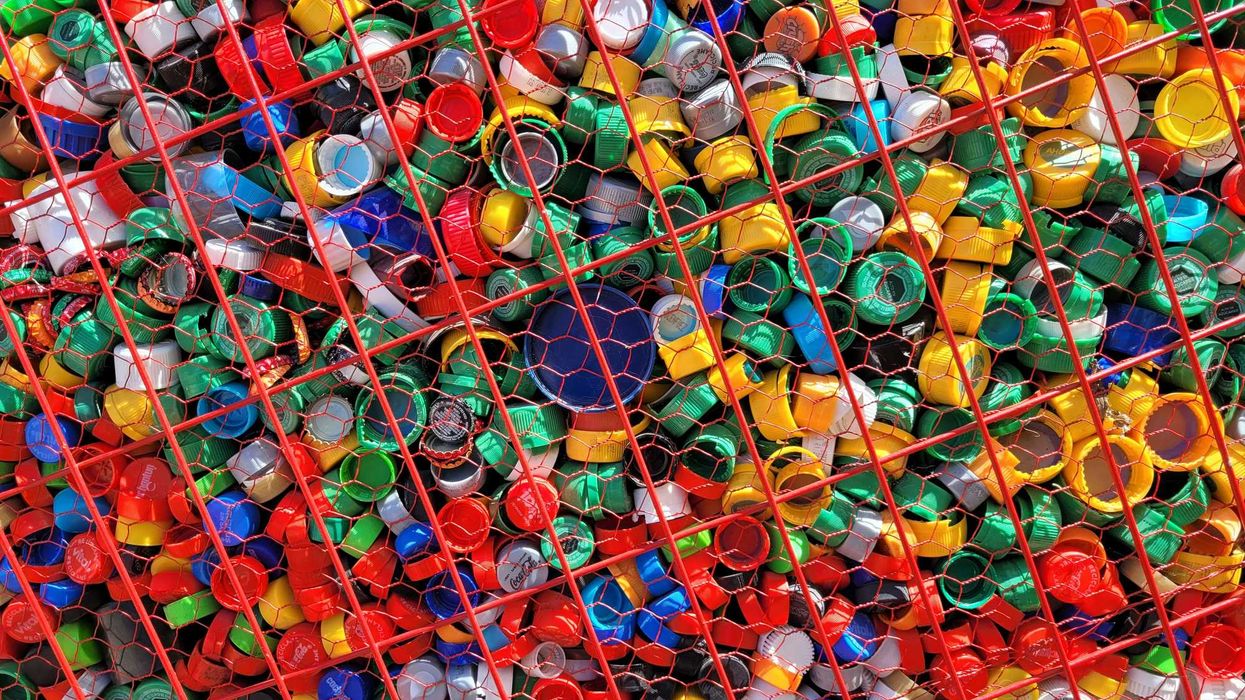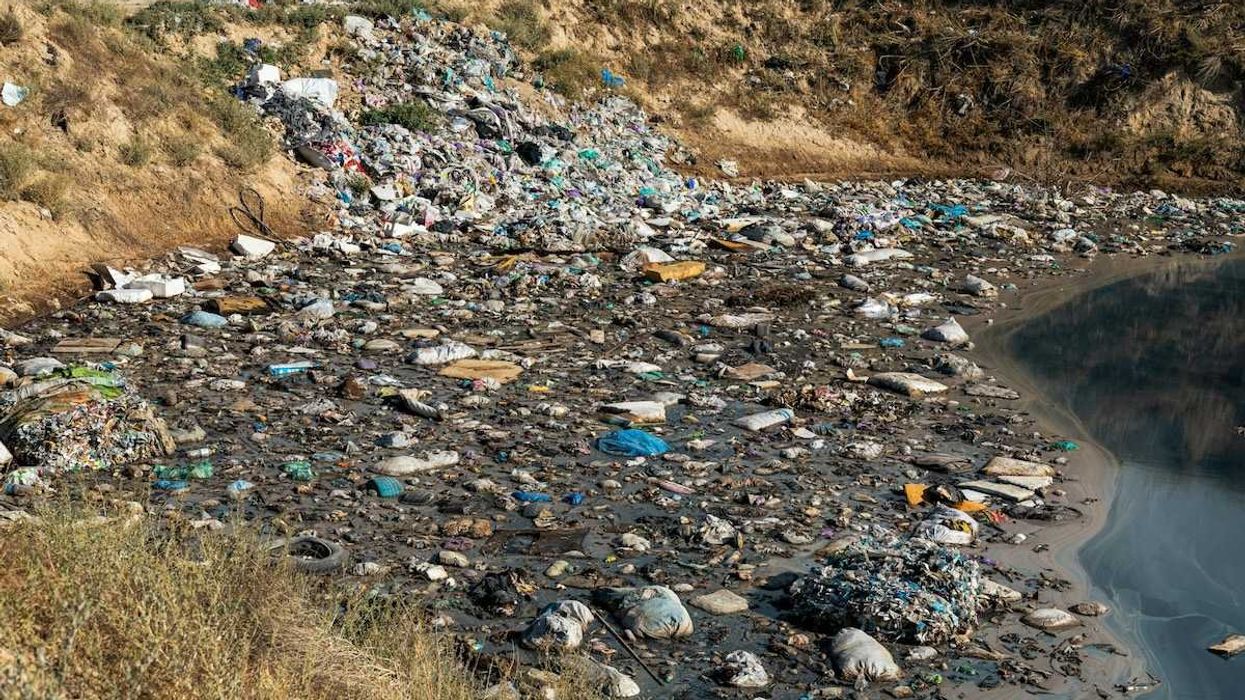Editor’s note: This is part two of a four-part series in which our special correspondent Terry Collins, Ph.D., examines what qualities of leadership are essential for ensuring that the EU’s Chemicals Strategy for Sustainability inspires trust in Europeans and the world that there can be a body of chemical products and processes we can safely live with.
Read Part 1.
In Part 1 of this series, I noted that for the chemical enterprise — a collective term for all domains of the vast landscape of chemicals in our civilization — sustainability challenges are, first and foremost, struggles with human character and ability.
And for the European Union's new Chemicals Strategy for Sustainability to be a health protective model for the world, we must understand these human struggles and the different types of actors who have a large say in what chemicals we are exposed to.
Endocrine-disruption denialism
Today, the ability to respond competently to endocrine disruption science is the most important attribute of chemical sustainability leadership. Endocrine-disrupting chemicals alter the proper functioning of hormones and are linked to a litany of adverse health and environmental impacts.
Wading toward sustainability through today’s commercial endocrine-disrupting chemical quagmire is a treacherous ordeal. The chemicals often generate massive profits. Take bisphenols (BPA being the most infamous), for example: despite their long-understood ability to elicit numerous adverse effects in living things, bisphenols are incorporated into an array of everyday products and processes. Their successful elimination from commerce is a critical test for the Chemicals Strategy for Sustainability.
The bisphenol industry and its trade associations apparently wish for endocrine-disruption and its consequences not to be real. Their denialism has suffocated the rational handling of bisphenols as well as all other endocrine-disrupting chemicals globally.
One of the most damaging manifestations of this denialism is the fact that regulatory tests typically adhere to the centuries-old notion that the toxic effects of chemicals will reduce and disappear as the dose is lowered. But just like hormones, tiny doses of endocrine-disrupting chemicals can produce adverse effects that may not be present at higher concentrations.
With few exceptions, leaders in the chemical enterprise worship at the altars of technical and cost performances, while eschewing health, environmental and fairness performances.
Today the marketplace decides if an endocrine-disrupting chemical should be in commerce. This is a losing strategy. It is ethically wrong to market or use bisphenols. The result is that people and the environment will be harmed no matter how attractive the technical and cost performances might be.
In a sustainable chemical enterprise, chemical products and processes will continue to need attractive technical and cost performances. However, whether it is right or wrong to market a chemical must be determined by measures of health, environmental and fairness performances.
The EU is facing the denialism down and developing regulatory toxicity tests that are sensitive to hormone-like effects.
If European leaders take this science and follow their vision to transform chemical commerce via novel regulation, management, research and education, these chemicals can be corralled.
It all depends on leadership.
Sustainability dispositions

What type of chemical enterprise insiders are up to the challenges of re-thinking and acting on how we evaluate the value of chemicals to society? Are there ways to identify the most effective sustainability leaders?
My discussions of chemical sustainability with insiders over decades have been revealing. I’ve recognized patterns — people must be wired quite differently for sustainability thinking. There appear to be seven wirings that I call “sustainability dispositions”: Wax Model, Dissipator, Island, Symbiont, Exploiter, Nonconsciente and Engager.
Let’s take a look at the first four.
Wax Model
Endocrine-disrupting chemicals are real attention-grabbers at first for most chemical enterprise professionals. But once someone knows, what do they do about it?
One can inform individuals with the wax model sustainability disposition about endocrine-disrupting chemicals and they will show interest. But the facts appear not to alter their thinking, work or future discourse.
They seem to fit Machiavelli’s characterization of people who are at home in the business-as-usual order of things. It is as if they are cogs in a vehicle where ‘drive’ means “all forward movement in chemistry is good for the world." The driveshaft is missing a reverse gear.
One may speculate that wax model folks are performing to a conception of their place in the world – one they dare not defy – that was passed on to them by mentors who saw science as disembodied from value judgements about the right or wrong uses of chemicals in the world.
Or perhaps the wax model disposition quells the pulse of sustainability responsibility because tugging independently on the steering wheel probably does risk career injuries. Regardless, inaction leads nowhere.
This disposition is common. Its bearers cannot be counted on.
Dissipator
Individuals with the dissipator sustainability disposition hear about endocrine-disrupting chemicals and get excited, sometimes for a while. But they perform little independent research on the chemicals and there is no action.
They are disoriented by the information, but their potential as chemical enterprise change agents dissipates in anxious energy. They are unable to respond in ways the chemical sustainability crisis so desperately needs.
Island
Individuals with the island sustainability disposition acknowledge they don’t care. Typically, this manifests as utterances such as, “I won't be here when these calamities arrive, so what do they have to do with me?” or “I am past reproductive age, so why should I care?” or “I have no children, so it’s not my problem.” At least they are honest.
Symbiont
Symbiont sustainability disposition bearers are capable of important contributions to sustainability, but function within bounds of systems loyalty that can be so tight that the concept that their system is failing cannot gain traction with them. They are often serious obstacles to the healthy evolution of the chemical enterprise.
Individuals with the symbiont disposition have typically thrived in the chemical enterprise. They are often hard-working, honorable, accomplished, positive and distinguished. They may be lauded by the chemical enterprise, which they defend. Tone matters to the symbiont disposition and its bearers are often critical of individuals who confront chemical enterprise sustainability problems assertively, especially when confrontation is absent compensatory praise.
Symbiont bearers tend toward scientific piety and struggle to back economically disruptive choices required to truly solve chemical sustainability challenges.
"Symbiont sustainability disposition bearers are capable of important contributions to sustainability, but function within bounds of systems loyalty that can be so tight that the concept that their system is failing cannot gain traction with them."
Symbiont disposition bearers need to confront key personal questions before trying to help in actualizing the Chemicals Strategy for Sustainability. Are they prepared to expend the effort required to understand the existential implications of endocrine-disrupting chemical threats? Are they prepared to accept massive shifts in the chemical economy?
EU officers should try to figure out if candidates for Chemicals Strategy for Sustainability roles hold these dispositions and avoid them.
Next, I will introduce and discuss the Nonconsciente and the Exploiter dispositions and point out that the latter is by far the most dangerous disposition for the success of the Chemicals Strategy for Sustainability.
Read Part 3: The most dangerous “sustainability dispositions”
- EU court confirms BPA as substance of ‘very high concern’ ›
- Op-ed: Why is the chemical industry pitting public health against economic growth? - EHN ›

























